
Image © Jonathan Andrew
未来我们将如何照亮室内环境?
How Will We Illuminate Our Interiors in the Future?
由专筑网Zia,小R编译
在今天来说,按下开关照亮房间非常简单,但实现这样轻松使用安全可靠光源的道路却十分漫长。据估计,最早的灯出现在7万年前,由挖空的石头或贝壳构成,里面装满了可以点燃的浸有动物脂肪的材料。另一方面,埃及人使用装饰过的装满油的陶瓷器皿提供稳定的火源。蜡烛在中世纪得到普及,用牛油(动物脂肪)或蜂蜡制成,可以在简单的烛台和吊灯中燃烧。19世纪末,托马斯爱迪生和他的团队发明了白炽灯泡,可以大规模生产,由于在经济上非常可行,很快成为20世纪的主导照明形式。虽然这在当时是一项革命性的发明,但我们现在知道,这些灯泡的效率并不高,它们最终被荧光灯和现在的LED灯泡所取代。但是,如果我们已经在如此短的时间内取得了如此大的进步,那么我们对照明的未来能有什么期待,更具体地说,几年或几十年后的室内将如何照明?
As trivial as the act of flipping a switch and lighting up a room may seem, we've had to come a long way to have safe and reliable light sources. It is estimated that the first lamps were invented 70,000 years ago, consisting of hollowed out stones or shells filled with an absorbent material soaked with animal fat that could be ignited. The Egyptians, on the other hand, used decorated ceramic vessels filled with oil, which provided a constant flame. Candles were popularized during the Middle Ages, made of tallow (animal fat) or beeswax, and could be burned in simple candlesticks and chandeliers. It was in the late 19th century that Thomas Edison and his team invented an incandescent light bulb that could be mass manufactured and was economically viable, soon becoming the dominant form of lighting for much of the 20th century. Although it was a revolutionary invention at the time, we are now aware that these lightbulbs are not very efficient, and they were eventually replaced by fluorescent and, more recently, LED bulbs. But if we have already advanced so much in such a short time, what can we expect for the future of lighting, and more specifically, how will our interiors be lit in a few years or decades?

Image © Hernan Taboada
尽管照明技术已经有了很大的发展,但未来仍有进步的空间。例如,某种已经被广泛使用的技术可以被更加高效地使用:发光二极管(LED),一种当电流流经它时就会发光的半导体装置。发光二极管如此高效的主要原因之一是,它们的大部分能量只用于创造光,而不是像白炽灯那样创造光和热。在未来,该行业有望开发出更高效、更持久、更多功能的LED,可以定制以满足特定的设计和功能要求。
Although lighting technology has already evolved significantly, there is still room for future advances. For example, perhaps a technology that is already in widespread use could be modernized to become even more efficient: the light-emitting diode (LED), a semiconductor device that emits light when an electric current flows through it. One of the main reasons why LEDs are so efficient is that most of their energy is used to create only light, rather than creating light and heat, as with incandescent bulbs. In the future, the industry is expected to develop even more efficient, long-lasting, and versatile LEDs that can be customized to meet specific design and functional requirements.
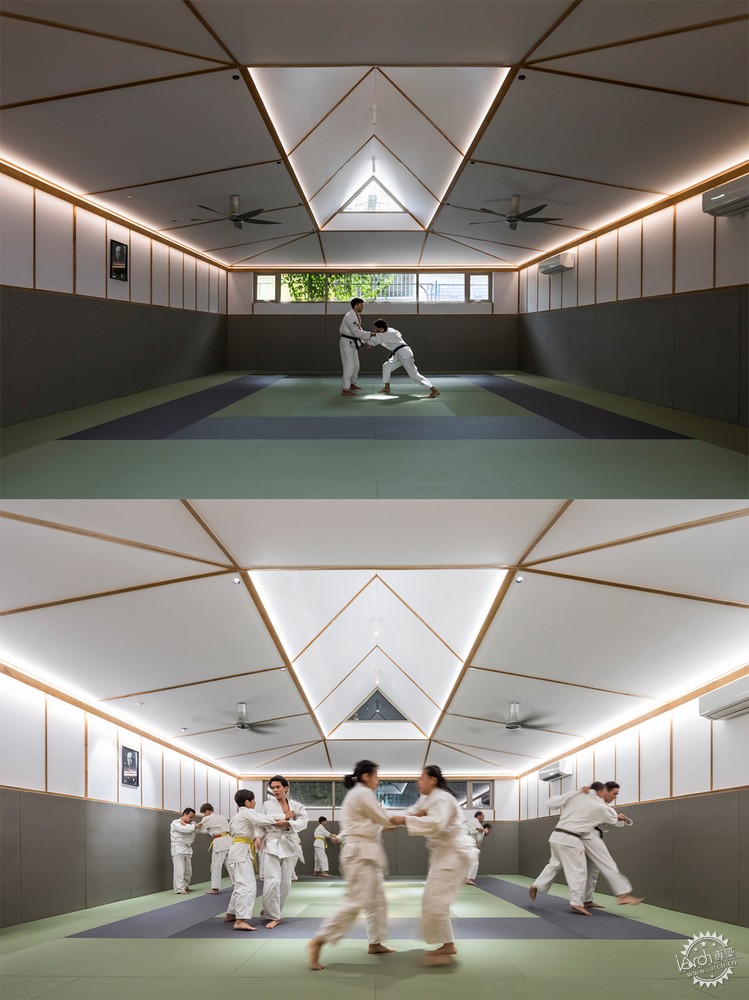
Image © Hiroyuki Oki
而且已经有其他技术可能在未来几十年变得可行。OLED(有机发光二极管)技术,在一些电视型号中使用,使用有机材料来创造光,从一个薄的、灵活的薄膜而不是灯泡或管子中发射光,可以创造更大的设计灵活性和能源效率。另一个有前途的发展是量子点(QDs),它使用纳米晶体产生特定颜色的光,可以对照明设备的颜色输出进行更精确地控制。研究人员甚至一直着手于这项技术在医疗方面的应用,如识别癌细胞造影剂和改善靶向药物输送。
也有研究在探索如何利用某些生物体,如萤火虫、细菌、真菌和海洋生物自然产生的光,这些光是其新陈代谢过程的一部分。虽然这项技术仍处于实验阶段,但它有可能在未来彻底改变我们的家庭照明方式,因为它不释放碳或热量,十分安全和节能。
But there are already other technologies that may become viable in the coming decades. OLED (organic light-emitting diode) technology, used in some TV models, uses organic materials to create light, emitting light from a thin, flexible film rather than a bulb or tube, allowing for greater design flexibility and energy efficiency. Another promising development are quantum dots (QDs), which use nanocrystals to produce light in a specific color, allowing greater control over the color output of lighting fixtures. Researchers have been betting on this technology even for use in medical applications, such as contrast agents to identify cancer cells and improve targeted drug delivery.
There is also research exploring ways to harness the light that is naturally produced by certain organisms, such as fireflies, bacteria, fungi, and sea creatures, as part of their metabolic processes. Although this technology is still in experimental stages, it has the potential to revolutionize the way we light our homes in the future, as it releases no carbon or heat, making it safe and energy-efficient.
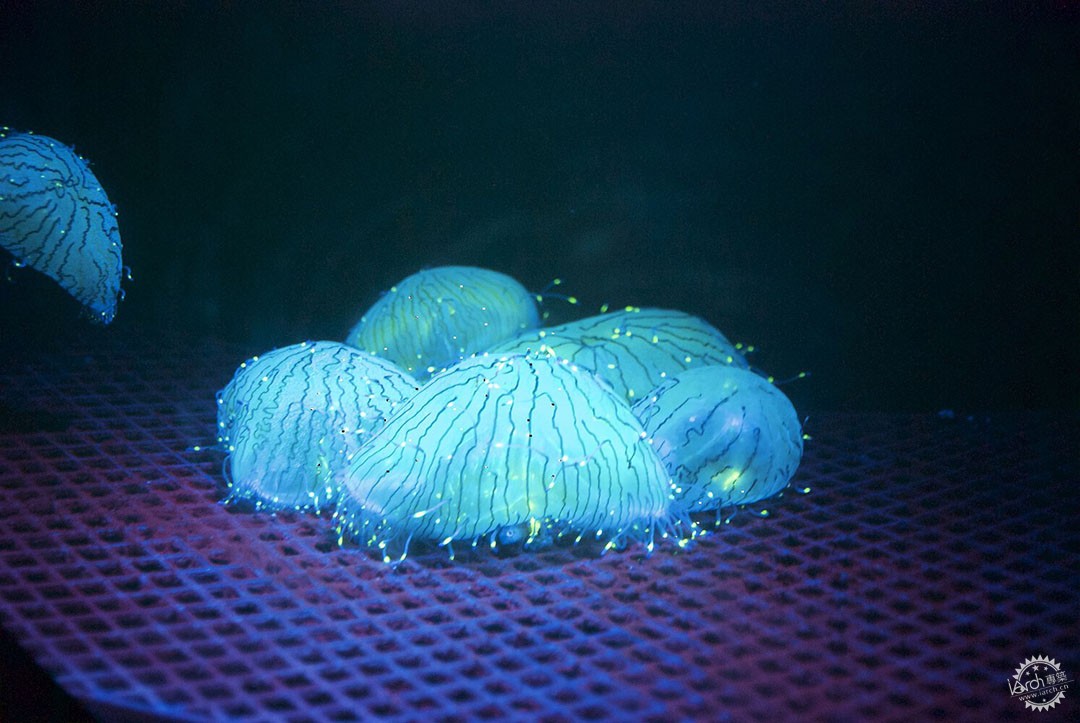
via Wikimedia Commons
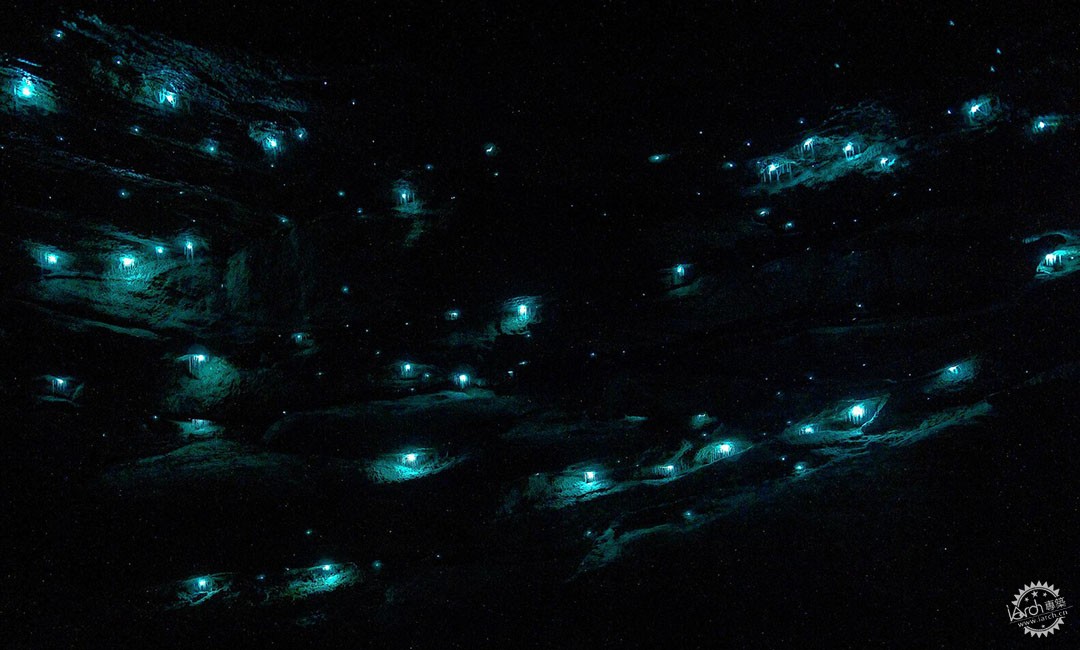
via Wikimedia Commons
例如,在法国沿海城市Rambouillet,安装了可以产生碧蓝色光芒的圆柱形管道,照亮Covid-19疫苗接种中心的等候室。基本上,这些大型水族箱里面装满了含有营养物质的盐水和当地收集的海洋细菌 Aliivibrio Fischeri。光线通过内部生化过程产生,是生物体正常新陈代谢的一部分,几乎不需要能量来运行。而"关灯"只需切断空气,在细菌切换到厌氧状态时中断这一过程,在这种状态下它们则不会产生生物发光。这种混合物是由法国公司Glowee开发的,该公司专注于生物照明,作为人工照明的真正替代品。
但是,当涉及到不同的空间照明方式时,有一些趋势可能会在未来几年占据主导地位,主要集中在实用性和促进空间使用者的健康方面。
In the French coastal town of Rambouillet, for example, cylindrical tubes emitting a turquoise blue glow have been installed to illuminate the waiting room of the Covid-19 Vaccination Center. Basically, these are large aquariums filled with salt water with nutrients and the locally collected marine bacterium Aliivibrio Fischeri. The light is generated through internal biochemical processes that are part of the body's normal metabolism, and require almost no energy to run. To "turn off the lights," the air is simply cut off, interrupting the process as the bacteria switch to an anaerobic state, where they do not produce bioluminescence. The mixture is developed by the French company Glowee, which focuses on biological lighting as a real alternative to artificial lights.
But when it comes to the different ways of lighting spaces, there are some trends that are likely to take hold in the next few years, focused mainly on practicality and promoting health for the occupants of the spaces:
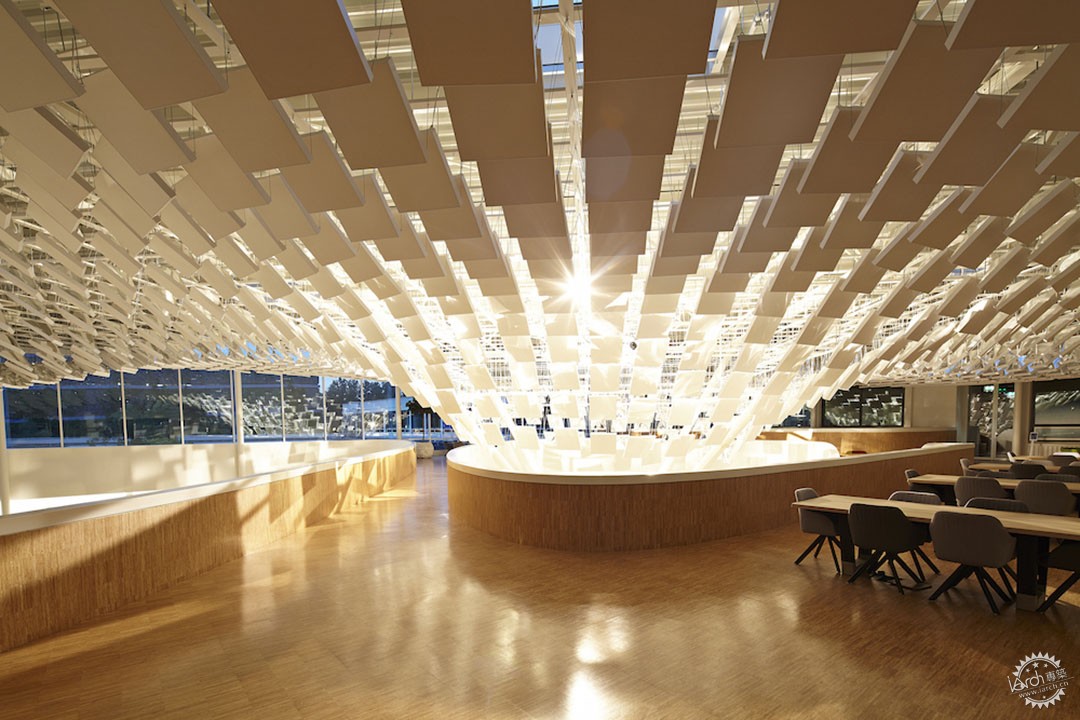
Image © Jonathan Andrew
连接其他设备以增加便利性和节能性
一个新兴的趋势是智能照明,能够适应用户和环境的需求。它指的是一种比传统照明系统更方便和可定制的照明系统,通过连接智能灯泡和开关等设备与传感器,通过智能手机或语音命令进行远程控制。好处包括节能、便利性和加强家庭安全。这些系统已经在家庭和商业建筑中变得越来越普遍,在未来,可以期待看到更先进的智能照明系统,这些系统可以对环境、用户偏好和数据输入做出反应,提供最佳的照明条件。
Connecting devices to increase convenience and save energy
An emerging trend is that of smart lighting, capable of adapting to the needs of users and the environment. It refers to a lighting system designed to be more convenient and customizable than traditional lighting systems, working by connecting devices such as smart bulbs and switches with sensors, which can be controlled remotely via a smartphone or voice commands. Its benefits encompass energy savings, but also convenience and enhanced home security. These systems are already becoming more common in homes and commercial buildings, and in the future we can expect to see even more advanced smart lighting systems that can respond to environmental factors, user preferences, and data inputs to provide optimal lighting conditions.
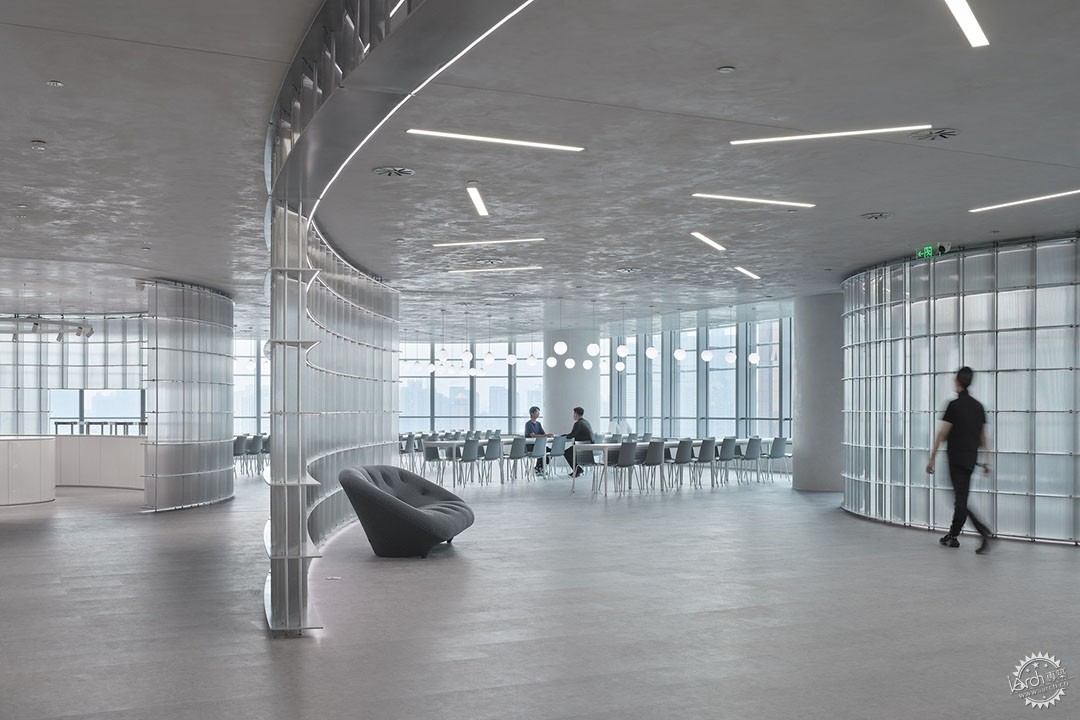
Image © Qingyan Zhu
减少光线不足产生的危害
另一方面,以人为本的照明(HCL)是一种考虑到光对人类生物和行为影响的照明设计方法。这些系统试图模仿日光的自然周期,通过一天中色温和强度的变化支持人体的昼夜节律。例如,可以对照明进行编程,从早晨的冷白光,使我们保持清醒,到晚上的暖光,使身体放松,以辅助夜间的睡眠。根据该领域的研究者Stan Walerczyk的文章,适当的照明对改善睡眠质量、提高意识清醒和生产力、减少情绪障碍等有影响,甚至可以减少公共卫生成本。
Mitigating the harms of inadequate lighting
Human-centric lighting (HCL), on the other hand, is an approach to lighting design that takes into consideration the impact of light on human biology and behavior. These systems seek to mimic the natural cycles of daylight and support the body's circadian rhythm through changes in color temperature and intensity throughout the day. For example, lighting can be programmed to gradually change from cool white light in the morning –which keeps us alert–, to warmer light in the evening –which relaxes the body for a restorative night's sleep. According to this article by Stan Walerczyk, a researcher on the topic, proper lighting has impacts on improved sleep quality, increased alertness and productivity, and decreased symptoms of mood disorders, and can even reduce public health costs.
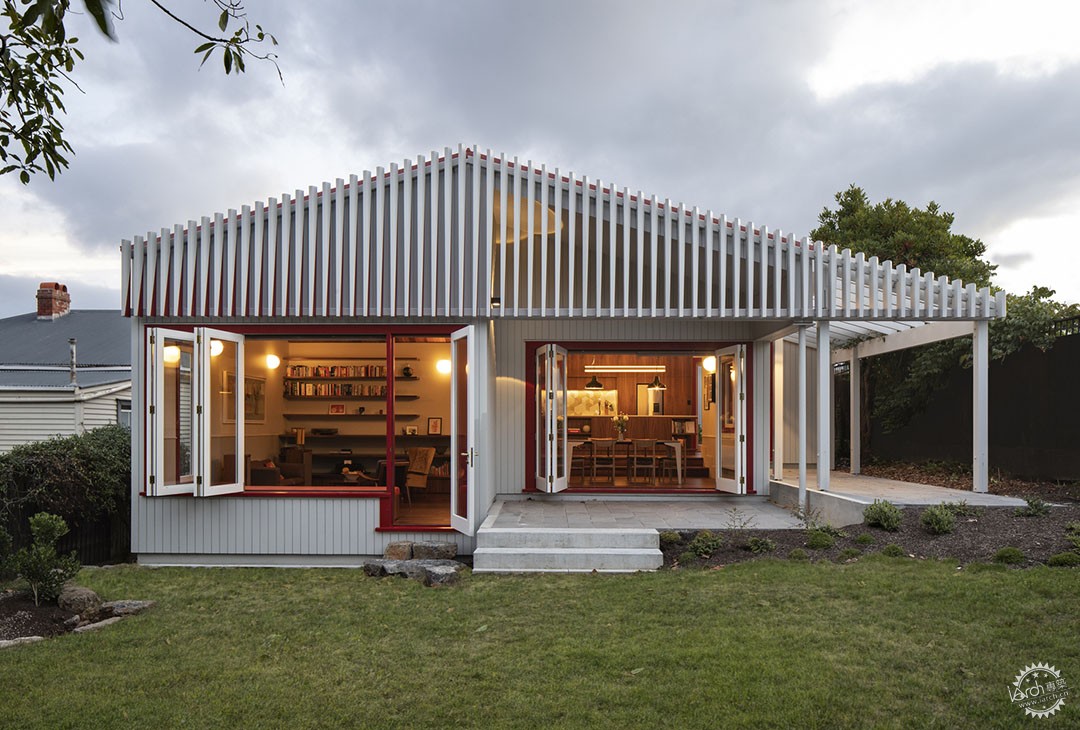
Image © Simon Devitt
HCL系统通常使用LED灯,可以在一天中改变色温和强度,以模仿太阳的光线。这些系统在一些医院和疗养院中被应用,也被使用在办公大楼甚至学校。它们在智能家居中也变得越来越流行,可以通过智能手机应用程序或语音助手进行控制。
HCL systems typically use LED lights that can change color temperature and intensity throughout the day to mimic that of the sun. Found in some hospital settings and nursing homes, these systems have now also been deployed in office buildings and even schools. They are also becoming increasingly popular in smart homes, where they can be controlled via a smartphone app or voice assistant.

Image © Christine Francis
LAVA在荷兰埃因霍温的一个办公室项目中,设计师的想法是开发一个装置,对人们在空间中的运动和活动做出反应。利用传感器网络和先进的算法来检测人类的存在并相应地调整照明。该系统被划分为多个区域,每个区域都包含几个灯具,利用这些信息,根据一天中的时间、天气和其他环境因素来确定每个区域最合适的照明水平和颜色。该系统使用节能的LED灯,可以通过智能手机应用程序或中央控制系统进行控制,除了提供充足的照明外,还为环境塑造了美学吸引力。
回归自然
另一个正在兴起的趋势是生态照明,通过将阳光、植被和水等自然元素纳入室内照明设计来寻求与大自然的联系。在这种情况下,灯光穿过植物或水景,或被植物水景反射,形成一个更加有机和自然的模式。生态照明的一些具体例子包括在办公室、酒店和医院安装带有集成灯的垂直花园,或者使用模仿自然光的灯具,在一天中使用不同的颜色和强度来模拟自然光。这些生态照明手段为人们的健康和情绪感受提供了好处,并改善了室内空间的设计和美学,即使在密集和混乱的城市中也能让人们与自然多一点接触。
This is the case of LAVA's project for an office in Eindhoven, the Netherlands. The idea was to develop an installation to respond to the movements and activities people perform in the space. Using a network of sensors and advanced algorithms to detect human presence and adjust the lighting accordingly, the system was divided into zones, each of which contains several fixtures, using this information to determine the most appropriate lighting level and color for each zone based on the time of day, weather, and other environmental factors. The system uses energy-efficient LED lights, which can be controlled via a smartphone app or a central control system, and as well as providing adequate lighting, creates an aesthetic appeal to the environment.
Returning to nature
Another up and coming trend is biophilic lighting, which seeks a connection with nature by incorporating natural elements such as sunlight, vegetation and water into indoor lighting design. In this case, the lights pass through or are reflected by a plant or water feature, forming a more organic and natural pattern. Some concrete examples of biophilic lighting include the installation of vertical gardens with integrated lights in offices, hotels, and hospitals, or the use of fixtures that mimic natural sunlight, with varying colors and intensity throughout the day to simulate the natural cycle of light. These biophilic lighting practices offer benefits for people's health and well-being, and improve the design and aesthetics of interior spaces, bringing a little more contact with nature even in dense and chaotic cities.
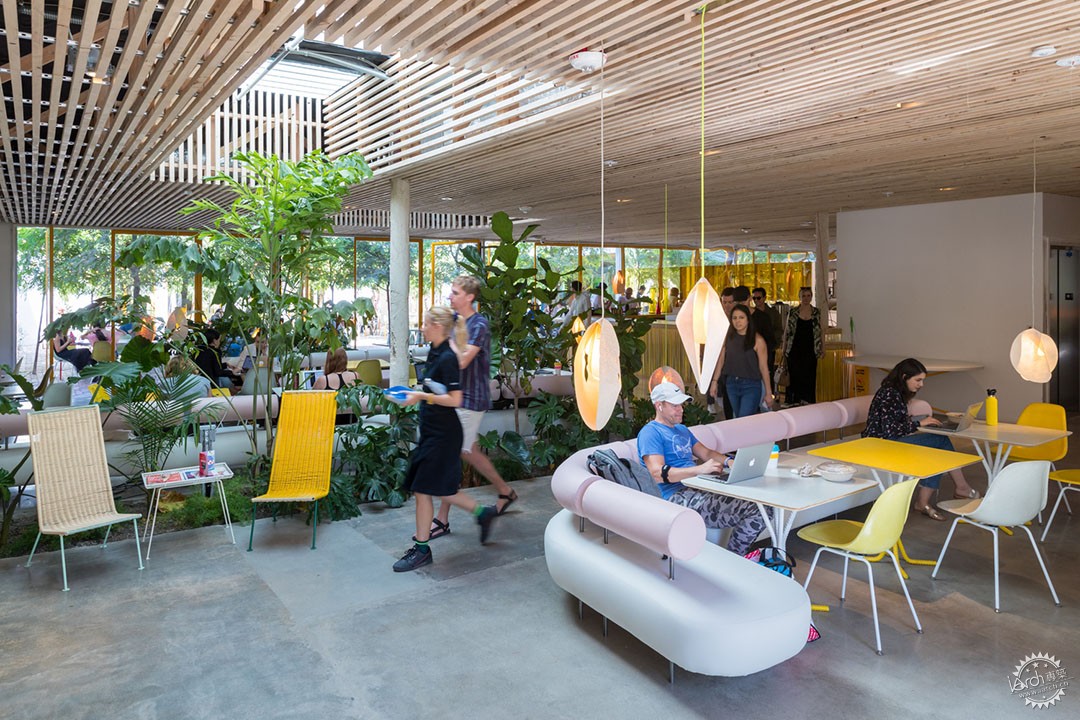
Image © Iwan Baan
因此,在未来,预计照明将越来越多地用于促进空间居住者的健康和福祉,技术将变得更加个性化和适应个人需求,特别是考虑到人类已经在人工照明的室内度过了漫长的岁月。从原始的动物脂肪灯,到今天的LED,再到明天的生物荧光灯,室内照明正随着越来越快的技术成就而不断发展。
In the future, therefore, lighting is expected to be increasingly used to promote the health and well-being of the occupants of spaces, with technology becoming more personalized and adaptable to individual needs, especially considering that humanity has spent extended periods in artificially-lit interiors. From primitive animal fat lamps, to today's LEDs, to tomorrow's living lamps, lighting is constantly evolving along with ever-faster technological achievements.
作者:Eduardo Souza
Written by Eduardo Souza
|
|
